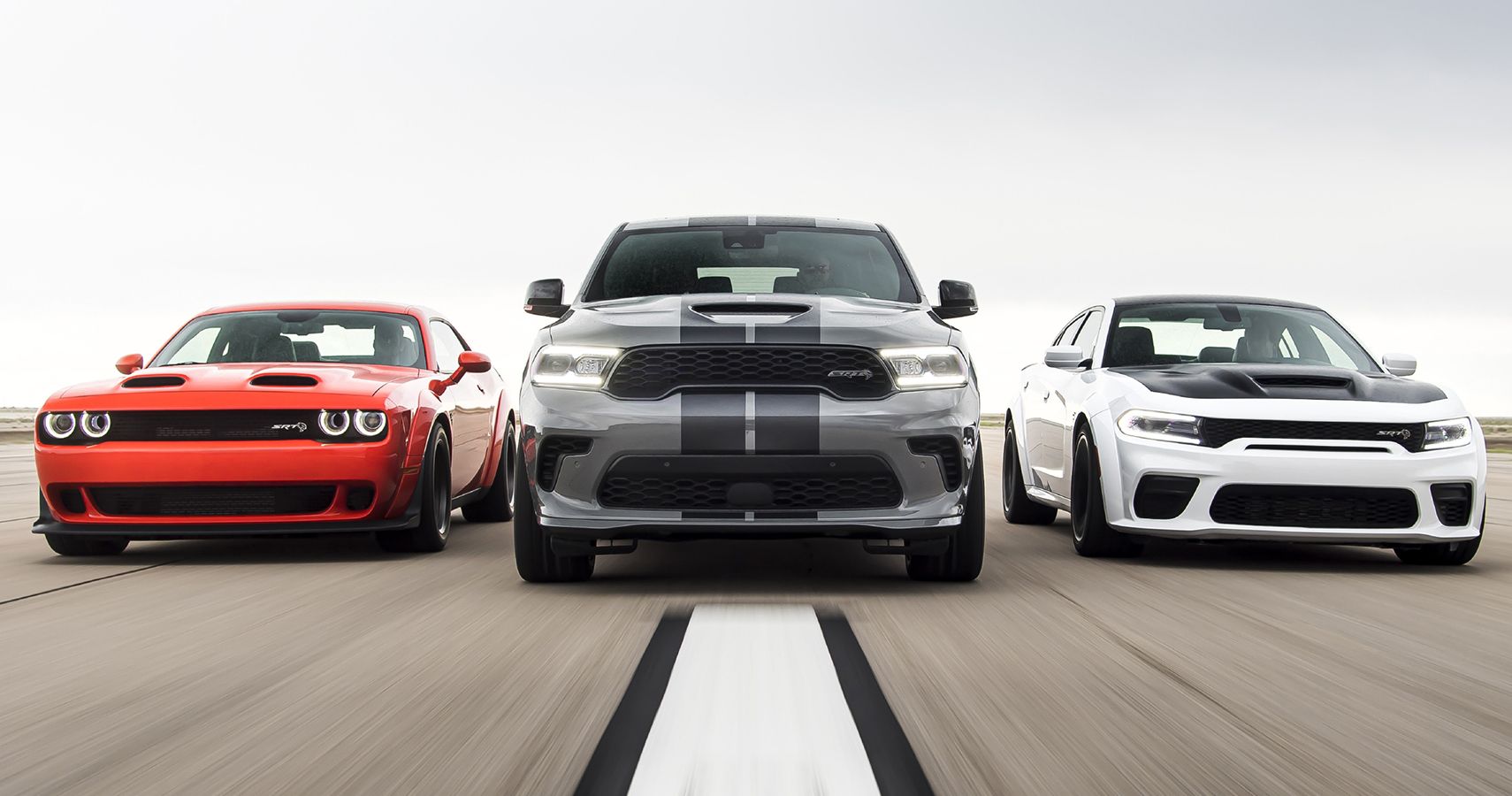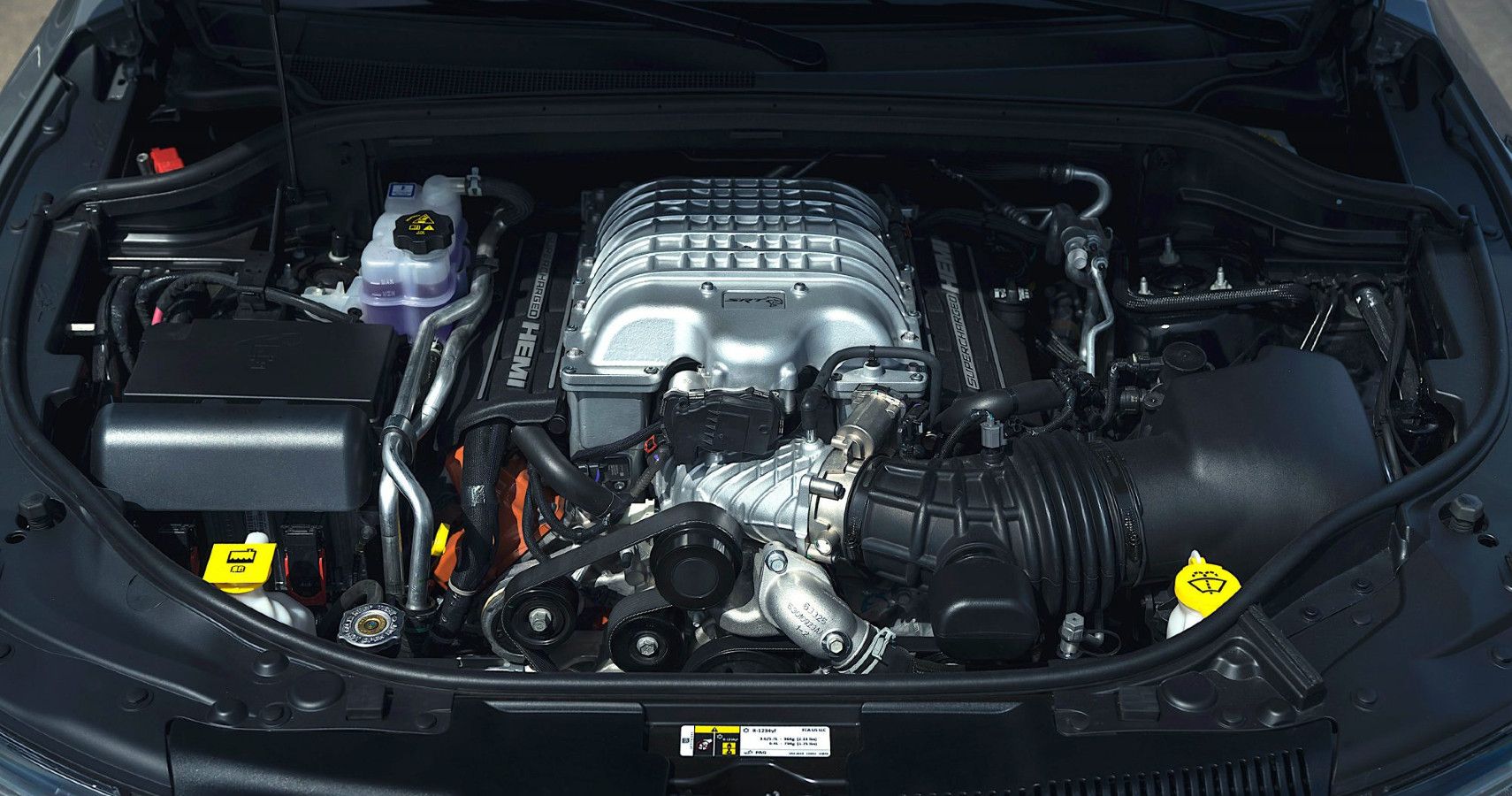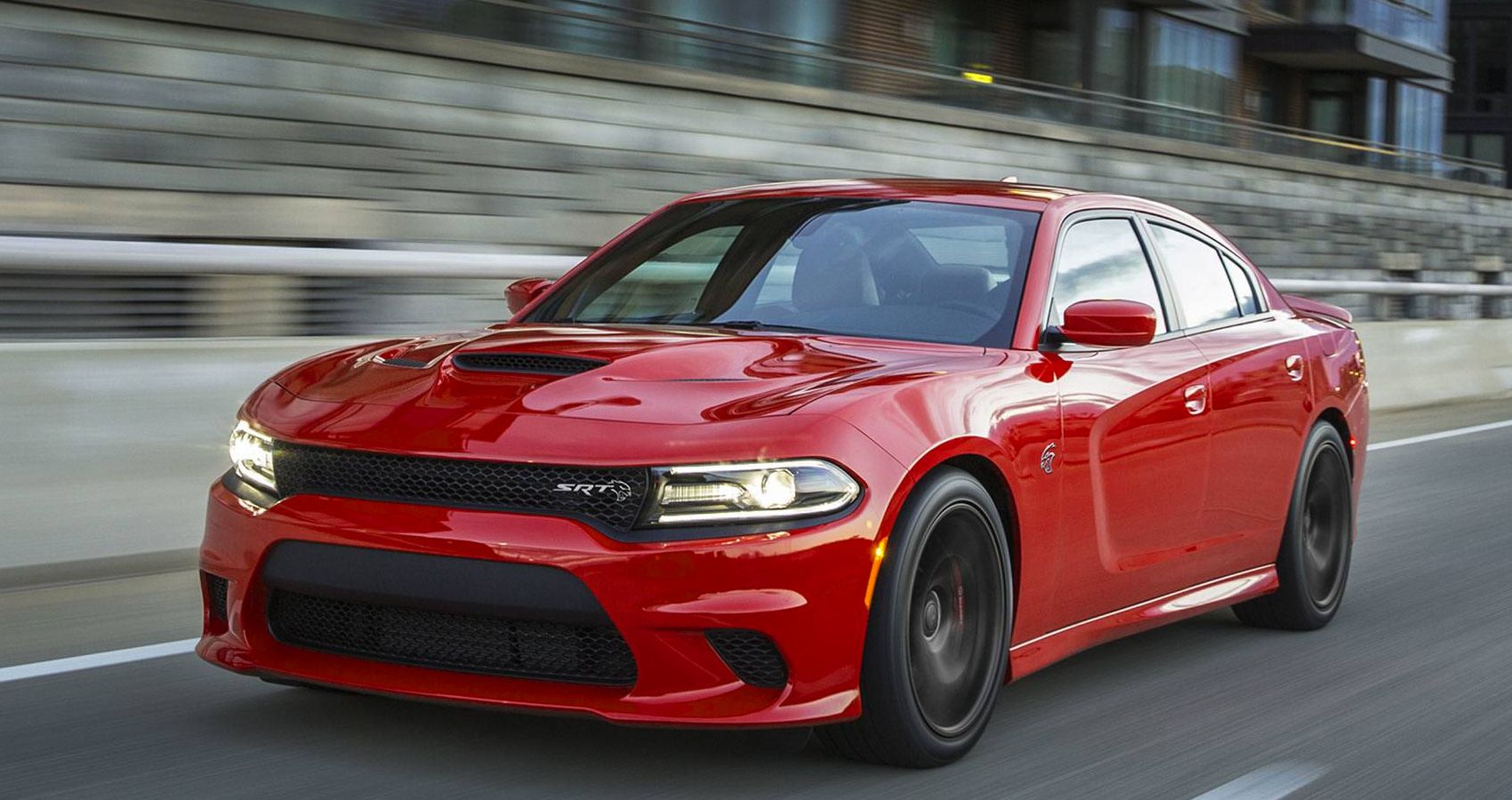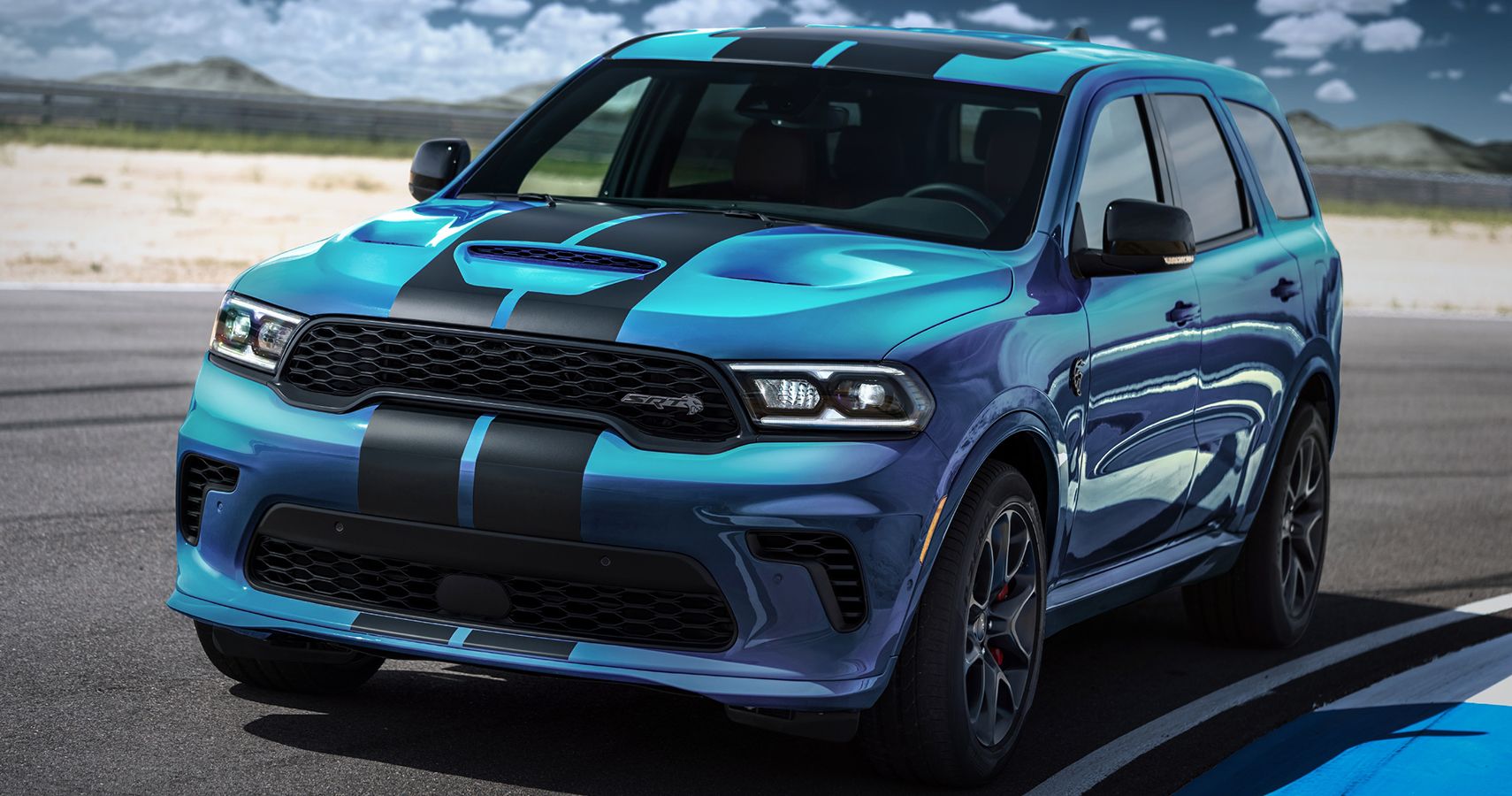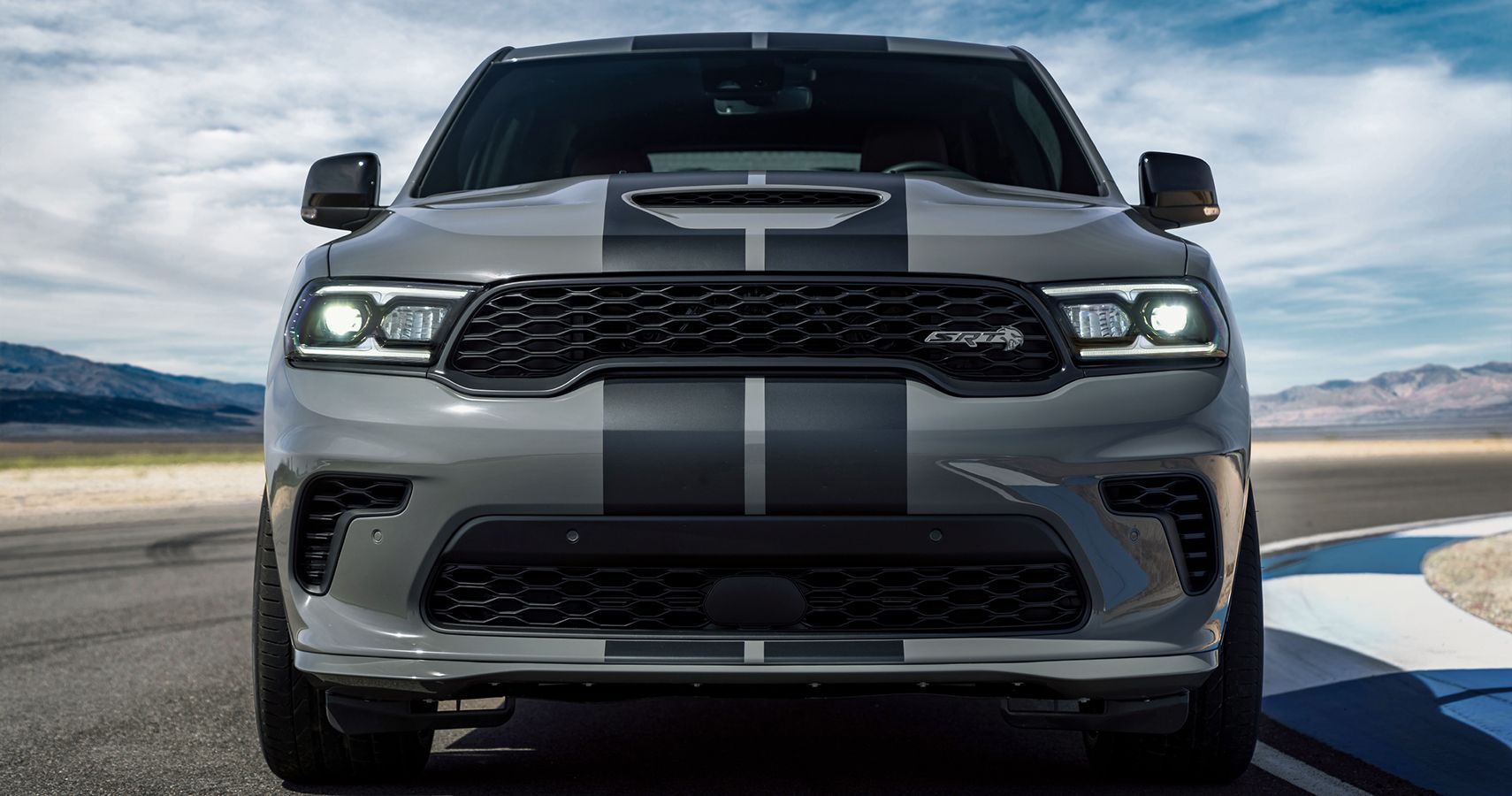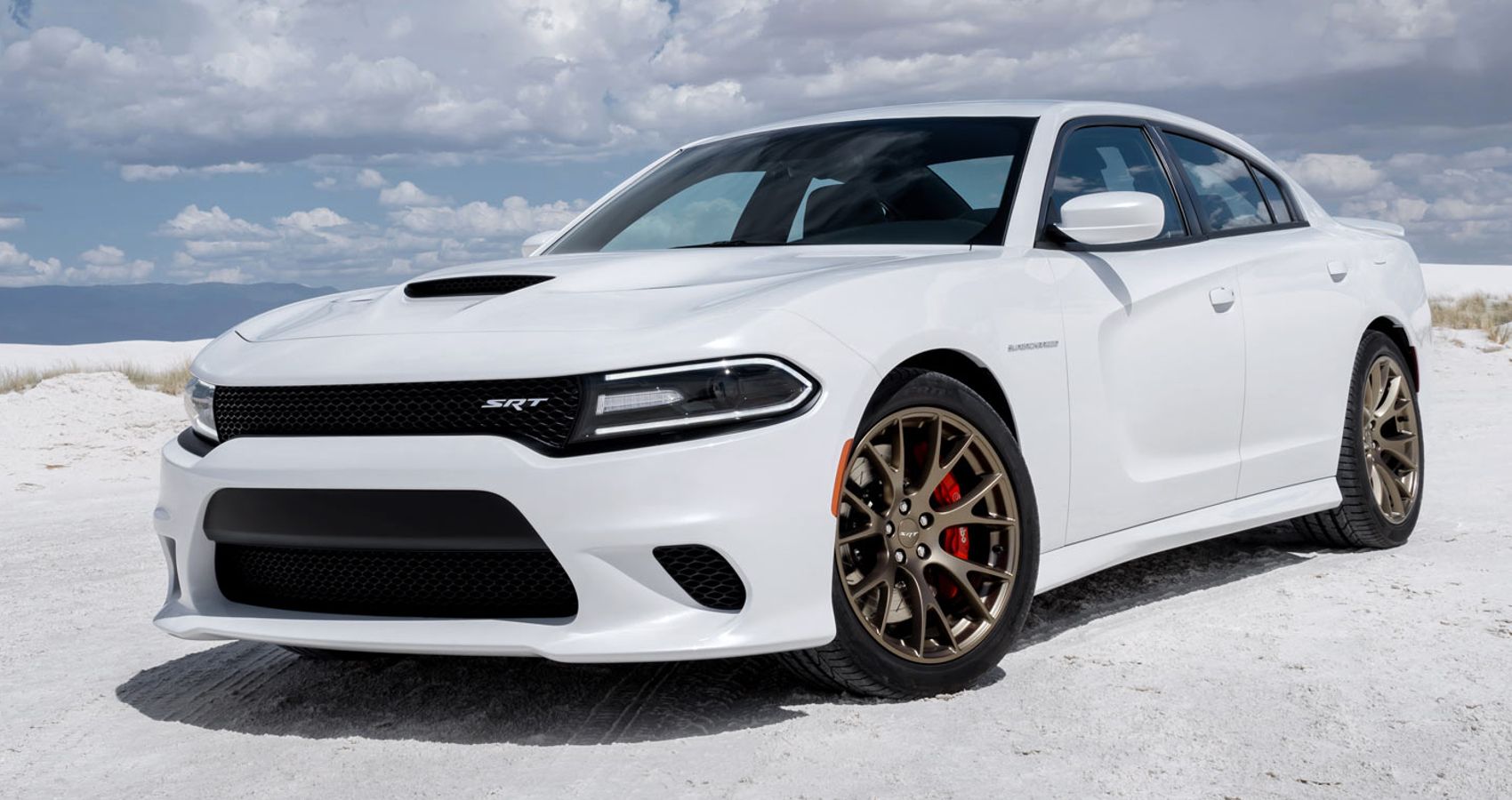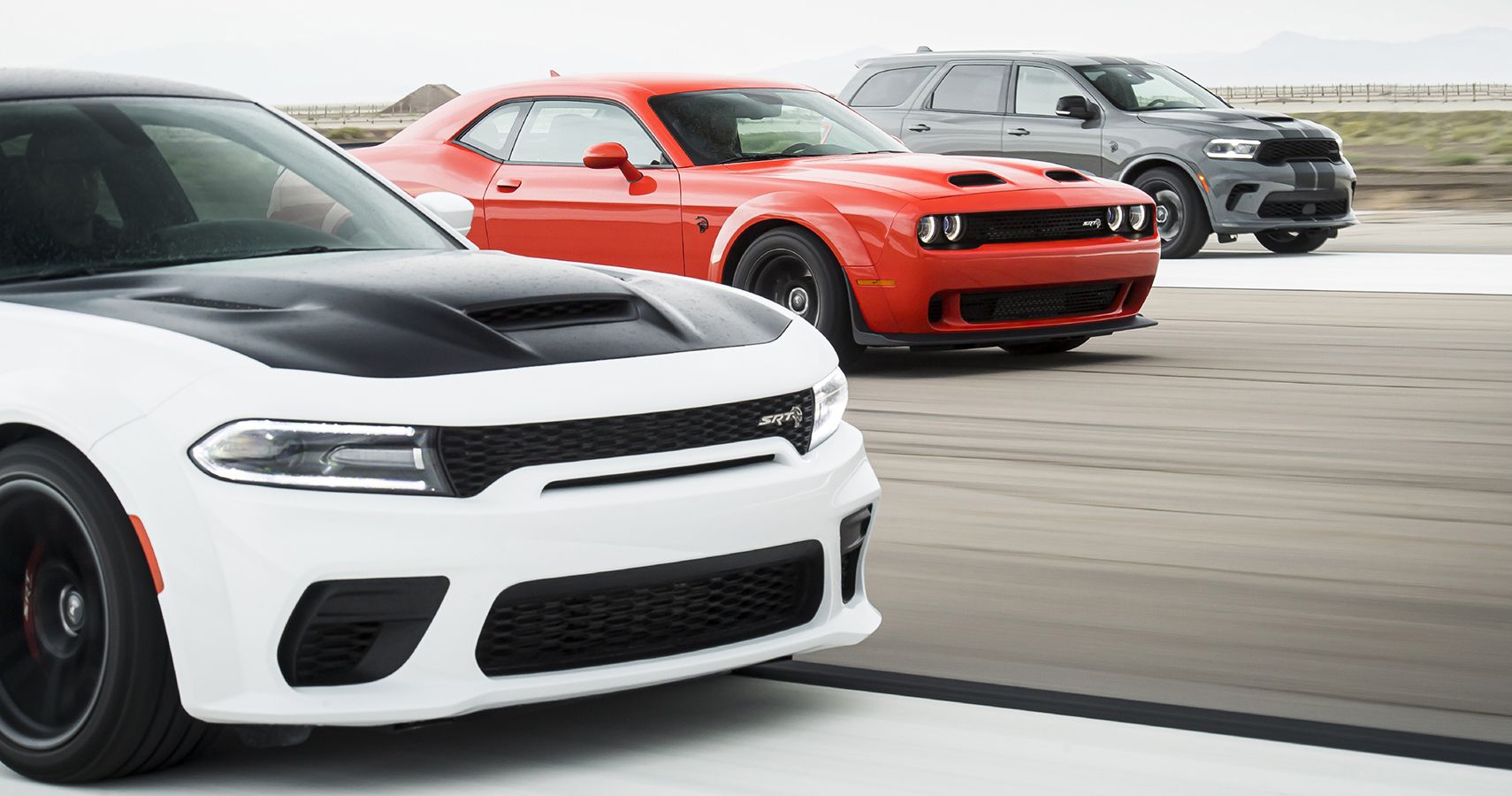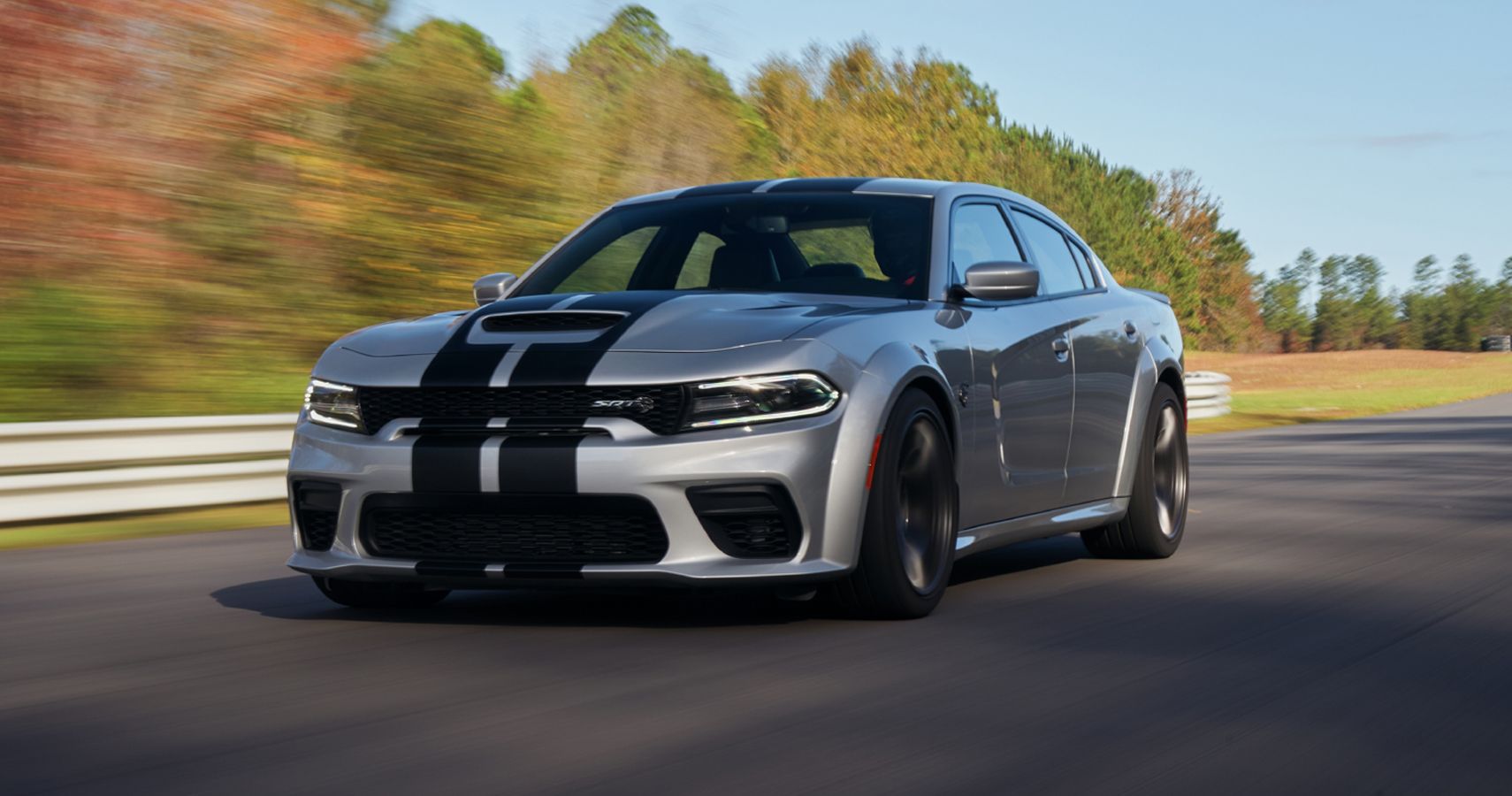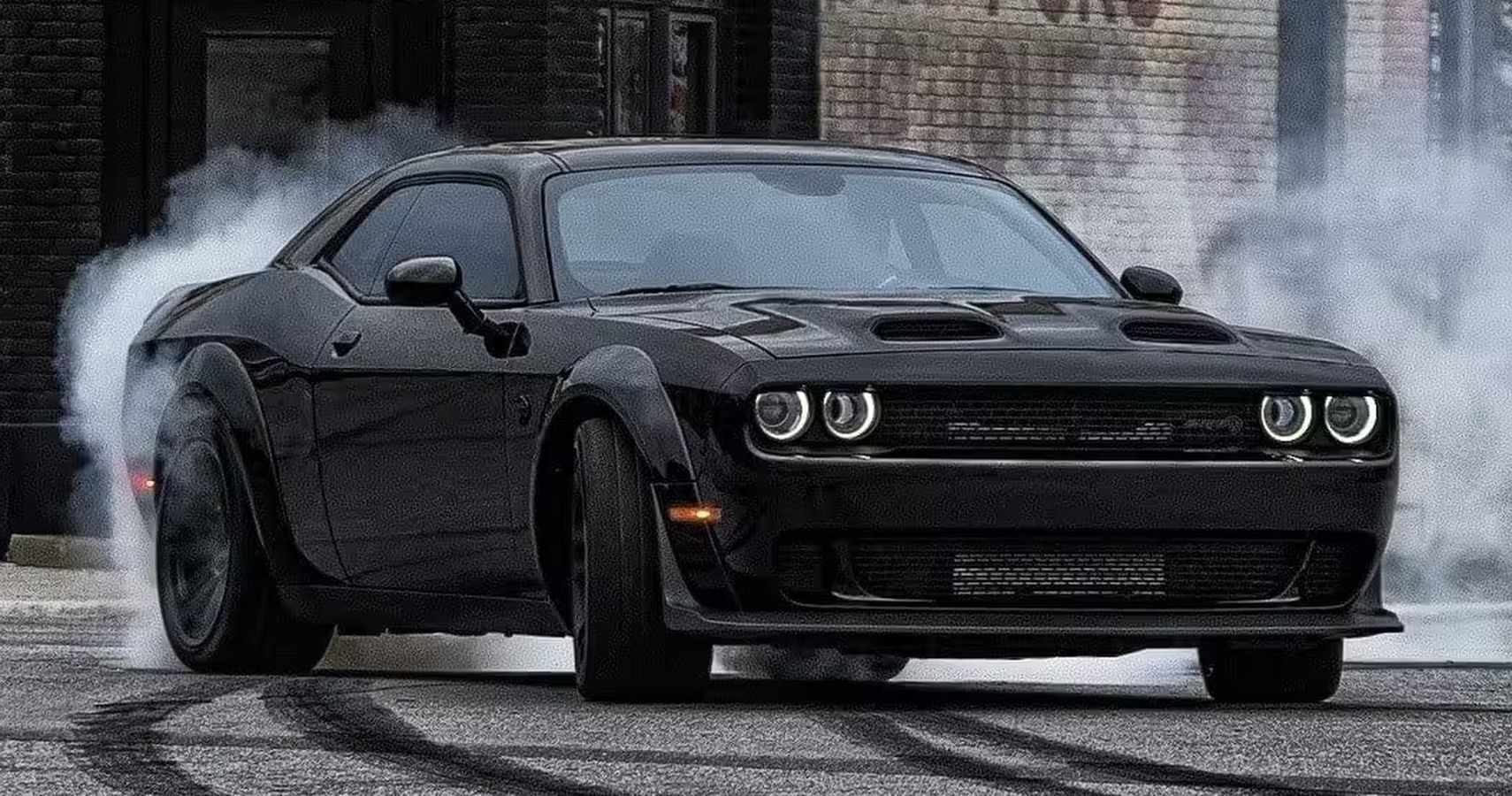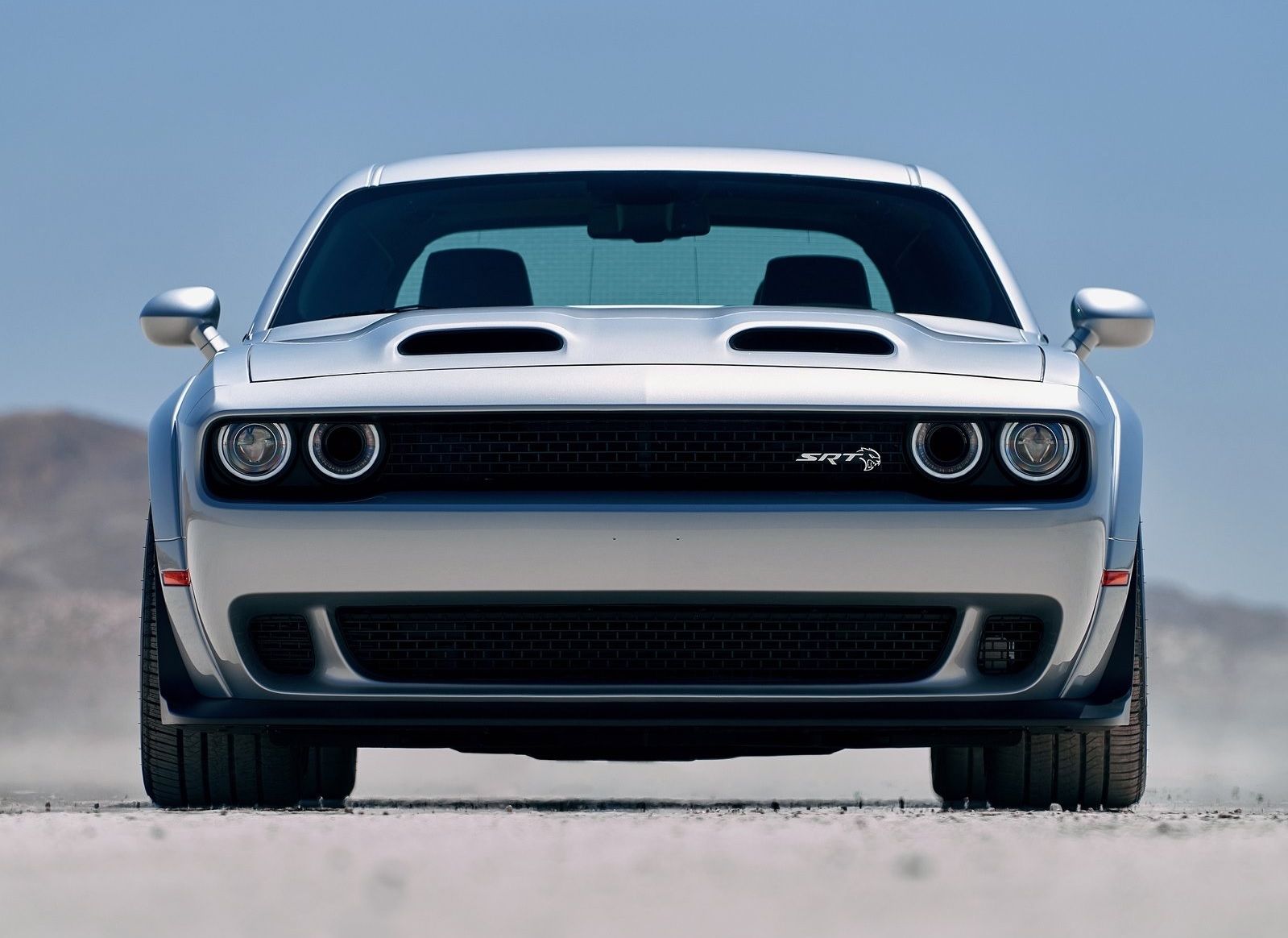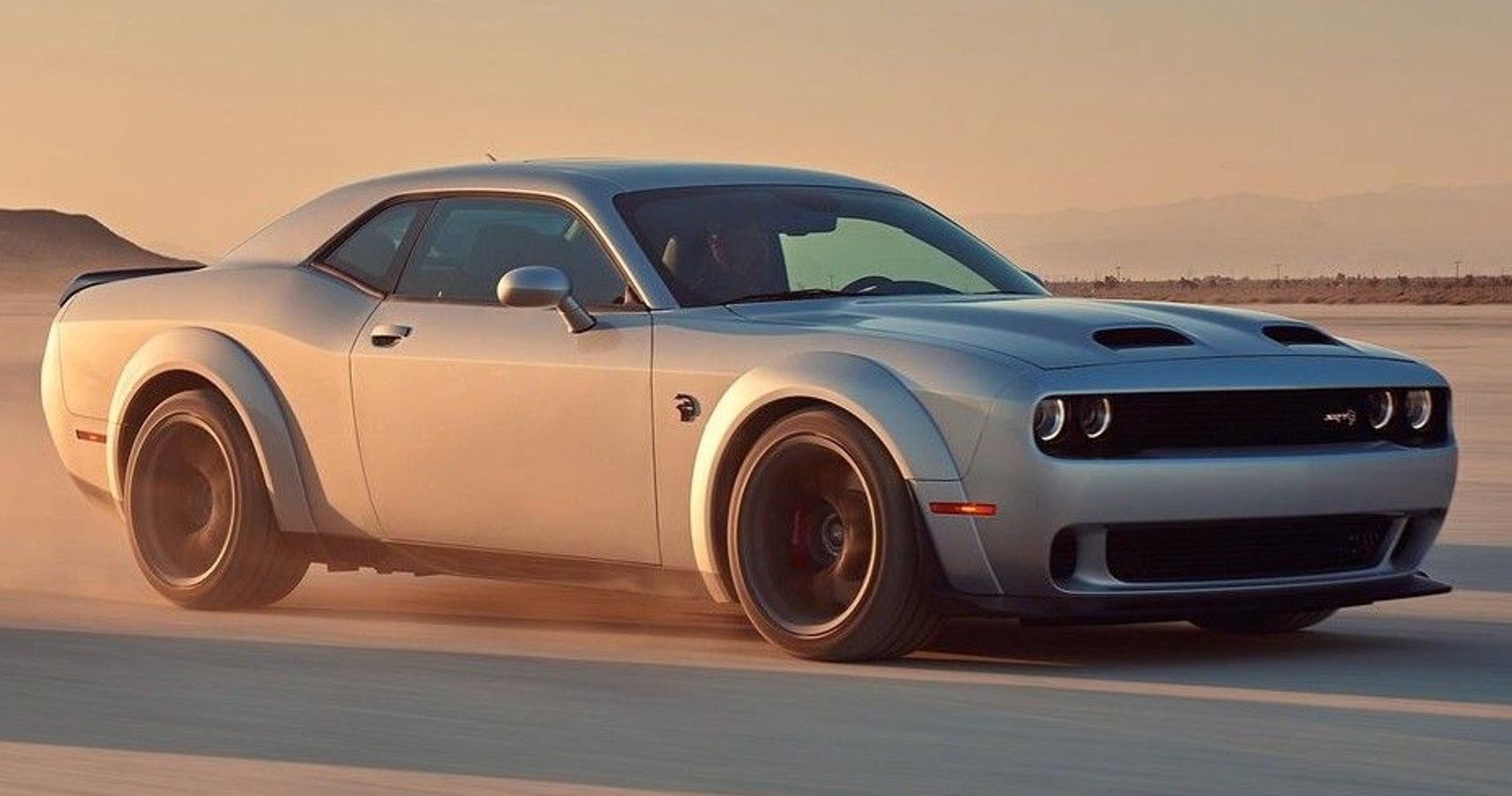Dodge is among the leading makers of high-performance cars. Take a look at the likes of the Challenger, Charger, and Durango. But, it's when the brand started infusing these vehicles with the Hellcat engine that things really took off and started captivating the automotive industry. We’re not at all surprised that the Hellcat engine grabbed the attention of many auto aficionados, given the remarkable performance numbers.
While it’s sad that we won't see anything as good after 2023, we’ll always remember it as the ultimate performance engine. However, while Hellcat owners may sing praises about their prized possession, there are certain things they may not mention.
If you're contemplating buying a Hellcat or just curious about what it's like to own one, here are 10 things Dodge Hellcat owners don’t tell you.
10 The Dodge Hellcat Is A Powerful Engine
The Hellcat engine isn’t something to underestimate. It's nothing ordinary. Thanks to a 6.2-liter supercharged Hemi V8, which produces an astonishing 707 horsepower and 650 pound-feet of torque (in the Challenger), the Hellcat is one of the most powerful production engines ever produced.
While that power output is enough to make you want to get behind the wheel, this also means that it can be dangerous if not driven carefully.
9 Any Car With A Hellcat Engine Is Not Suitable For First-Time Performance Car Owners
Because of its power output, any car that has a Hellcat engine under the hood usually needs systems in place that help with performance. These are systems like the advanced traction control system, launch control, four-wheel independent suspension, and Bilstein adaptive dampers, among other things.
On top of this, the cars are fairly heavyweight, which makes them hard to control, especially for muscle car newbies or anyone who isn’t used to driving high-performance vehicles.
8 The Hellcat Engine Has A Poor Gas Mileage
With such a powerful engine tucked underneath the hood, the Hellcat engine is quite the gas-guzzler. It earns EPA ratings of 13 mpg in the city, and 16 mpg in combined-cycle driving in a Challenger. The Dodge Charger, on the other hand, gets 21 mpg in the city and 21 mpg on the highway. And the Dodge Durango SRT Hellcat is even thirstier with 12 mpg in the city, 17 mpg on the highway and a combined rating of 13 mpg.
As a Hellcat owner, prepare to spend more on gas than you would with any other regular car. On average, you might accumulate around $280+ on gas every month for a daily driver.
7 High Maintenance Costs
For a high-performance engine, a Hellcat will have maintenance issues at some point. Unlike a regular engine, the Hellcat requires special care and maintenance, and repairs can be expensive.
In the first ten years of use, a Dodge Challenger and Charger Hellcat will require roughly $8,436 in maintenance and repairs. Regular maintenance such as oil changes, brake replacements, and tire rotations can add up quickly. For instance, a brake job will cost you around $2,500. According to CarEdge, the Dodge Durango Hellcat will cost about $10,360 after 10 years.
6 The Dodge Hellcat Is Not A Good Daily Driver
As a high-performance muscle car designed for track use and high-speed driving, both the Challenger and Charger aren't suitable daily drivers when equipped with the Hellcat engine.
Furthermore, consider the poor fuel economy of the V8 engine across the models. If you’re using it as a daily driver, you’ll likely fork over more bucks for gas. The same applies to maintenance costs.
5 Across The Board, All Hellcat Models Are Head-Turners
Apart from the engine producing a beautiful sound, the cars themselves combine strikingly bold and intimidating designs and aerodynamics, along with large tires, and other stylish features.
All of these features combined make the Dodge a truly formidable machine that attracts a lot of attention, so prepare to get a lot of looks and questions from curious onlookers.
4 Performance Trade-Offs
Although the Hellcat's incredible power makes it iconic for ripping out an enormous level of output and taking on its competition on the drag strip, there is a fault.
Due to its high horsepower and torque, some conditions, such as wet or slick roads, may prove a lot more difficult to control, especially with the Charger. The muscle car may also offer a stiffer ride than more comfort-oriented vehicle alternatives.
3 The Hellcat Is Simply Not For The Faint Hearted
With the Hellcat engine, the Dodge Challenger makes over 700 horsepower. This amount of power requires skill and experience to handle, as does the size and weight of this Dodge muscle car. That’s more than a Lamborghini Aventador, which makes 691 horsepower.
It can be overwhelming for inexperienced drivers. Some can barely handle 435-horsepower Mustang GTs. Even experienced drivers may need time to get used to the Hellcat's performance capabilities, so it may not be the best choice for everyone.
2 The Hellcat Is Expensive To Insure
Like most high-performance muscle cars, if you opt for the Hellcat engine, you'll likely pay a little more to your insurance company. This is generally because of the engine and potential for speed.
On average, it costs $2,512 per year to insure a Dodge Challenger SRT Hellcat, according to MoneyGeek.
1 The Dodge Hellcat Can Be A Fun Car To Drive
Taking charge of a Hellcat engine can be a thrilling and unforgettable experience for those who enjoy high-performance cars. The acceleration is quick, and the handling is very responsive.
Aside from the 707 horsepower figure on the Challenger SRT, you'll also love the eight-speed automatic transmission with paddle shifters, giving you a much more engaging drive. And thanks to the engine, the Challenger can go from a standstill to 60 mph in just around 3.4 seconds, and top out at 203 mph, making it one of the quickest muscle cars. With the Hellcat, the Durango can achieve the same 60 mph sprint in just 3.6 seconds.
If you're a skilled driver with experience in high-performance vehicles and appreciate the Hellcat’s engineering, it's the only engine you’ll ever need.
Sources: Stellantis, Hellcat Forums, MoneyGeek

